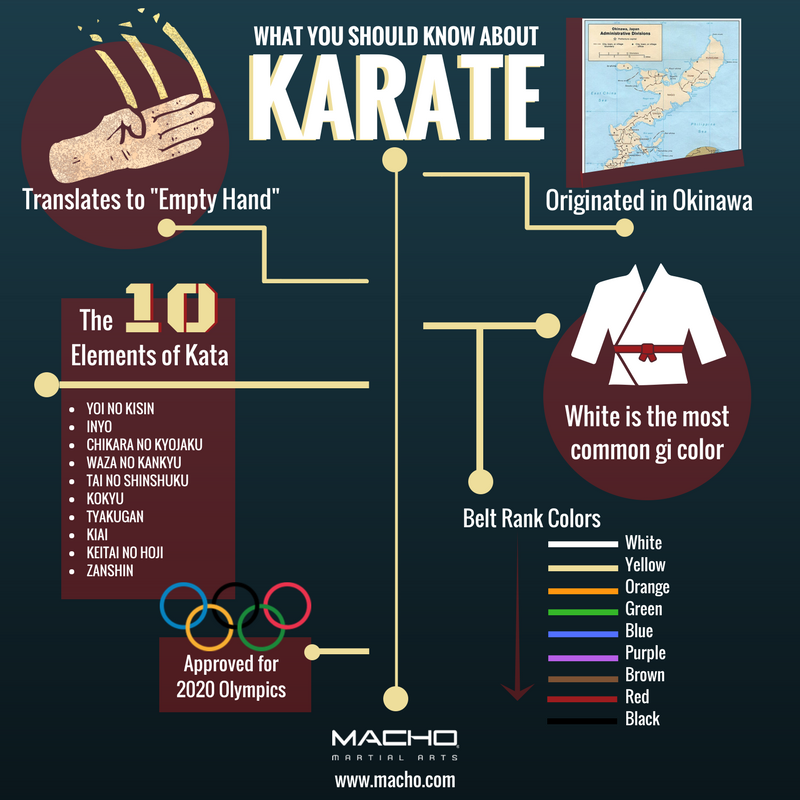Martial arts have a remarkable history that covers centuries and continents. You may find it intriguing just how ancient practices like Shuai Jiao and Kalaripayattu laid the groundwork for modern battle methods. These self-controls not only emphasize physical abilities however also reflect the societies that birthed them. As you discover their evolution, think about just how globalization has changed these conventional kinds right into crossbreed styles. What influences do you think have shaped today's martial arts landscape?
Ancient Martial arts: The Foundations of Battle
As you look into the world of old martial arts, you'll find the rich structures that formed combat methods across societies. Early practices concentrated on Self-Defense and survival, typically including strikes, grappling, and weaponry.
In old China, for example, strategies like Shuai Jiao highlighted tosses and joint locks, while India's Kalaripayattu showcased dexterity and fluid movement. Japanese samurai established Kenjutsu, a refined swordsmanship that highlighted self-control and method.
These martial arts offered not just for fight but also as a way of personal growth, instilling worths like regard and determination. The blending of these methods in time prepared for the varied martial arts you see today, each showing the unique ideologies and requirements of its culture.
The Social Influence on Martial Arts Growth
While martial arts commonly mirror the functional demands of a culture, they also embody the social values and ideas of their beginnings. When you check out various martial arts, you'll observe exactly how they're affected by religion, approach, and social norms.
For instance, the emphasis on regard and discipline in Japanese martial arts originates from Zen Buddhism and samurai culture. In contrast, Brazilian Jiu-Jitsu advertises versatility and strategy, shaped by the need for efficiency in a diverse, multicultural atmosphere.
You might locate that the rituals, attires, and training techniques show a neighborhood's history and identification. By recognizing these social influences, you grow your recognition of martial arts and their function fit human experiences around the world.
Modern Adaptations and the Globalization of Martial arts
Martial arts have actually changed dramatically in current years, adjusting to contemporary society and worldwide influences. You'll notice that conventional types have combined with contemporary strategies, creating hybrid styles like mixed martial arts. hop over to this website deal with varied audiences, making martial arts available and attractive worldwide.
With the rise of social media and electronic platforms, you can discover tutorials and competitors from all corners of the world, damaging geographical obstacles. continue reading this has caused a shared admiration for numerous techniques, from Brazilian Jiu-Jitsu to Taekwondo.
As you engage with these arts, you'll understand they're not just about combat; they promote health and fitness, self-control, and psychological well-being.
Ultimately, modern adaptations have actually improved the martial arts landscape, making it a dynamic and developing practice.
Conclusion
In discovering the history and development of martial arts, you discover an interesting mix of methods, cultures, and approaches. From ancient techniques like Shuai Jiao and Kalaripayattu to the contemporary adaptability seen in mixed martial arts, martial arts mirror humankind's pursuit for Self-Defense and personal growth. As you involve with these techniques, you not just gain skills however likewise a much deeper admiration for the diverse practices that form our world today. So, continue your journey and welcome the art of battle!
